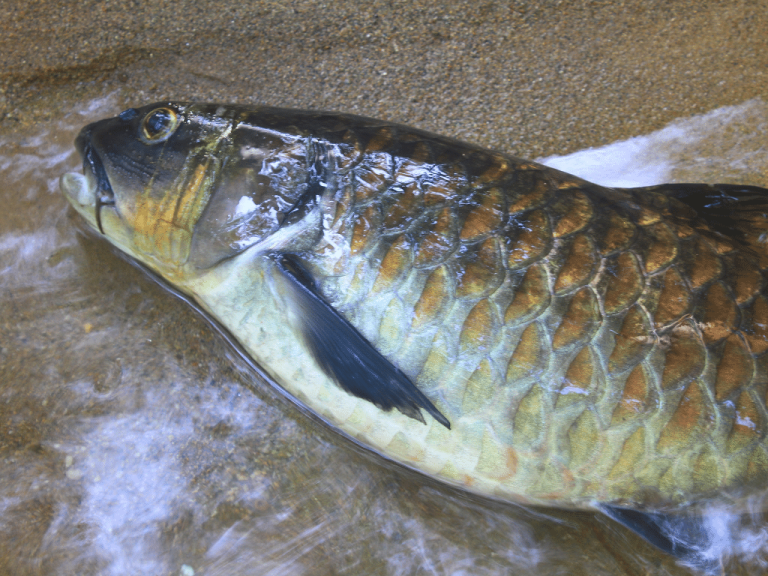Most types of fish do not die after spawning; they can generally reproduce for many generations. However, there are some species, such as the Pacific salmon and the eel, that only reproduce once in their lifetime and then die.
Why is this?
Let’s take the Pacific salmon as an example. The Pacific salmon is a valuable cold-water fish found in the Heilongjiang River basin. It spends most of its life in the sea and only swims thousands of miles upstream to cold, fast-flowing rivers to spawn. Before spawning, the female fish uses her body, especially her tail, to dig a large nest in the gravel that is 2 meters long and 1.5 meters wide. Digging such a nest takes 6-7 days. Once the nest is dug, she lays her eggs inside. Digging this nest is extremely arduous for a single fish, so after the female lays her eggs, she is completely exhausted, barely alive, and covered in injuries. Some even lose their lower jaws due to severe injury. Moreover, after fasting during the long journey upstream, sometimes having to leap over fast-flowing waterfalls, her energy is severely depleted. Therefore, she dies soon after spawning.
The young salmon hatch in early spring, a time when food in the river is still scarce. Sometimes, the bodies of the parent fish serve as food for the young. Thus, the death of the parent salmon after spawning plays an important role in the continuation and prosperity of their species.

